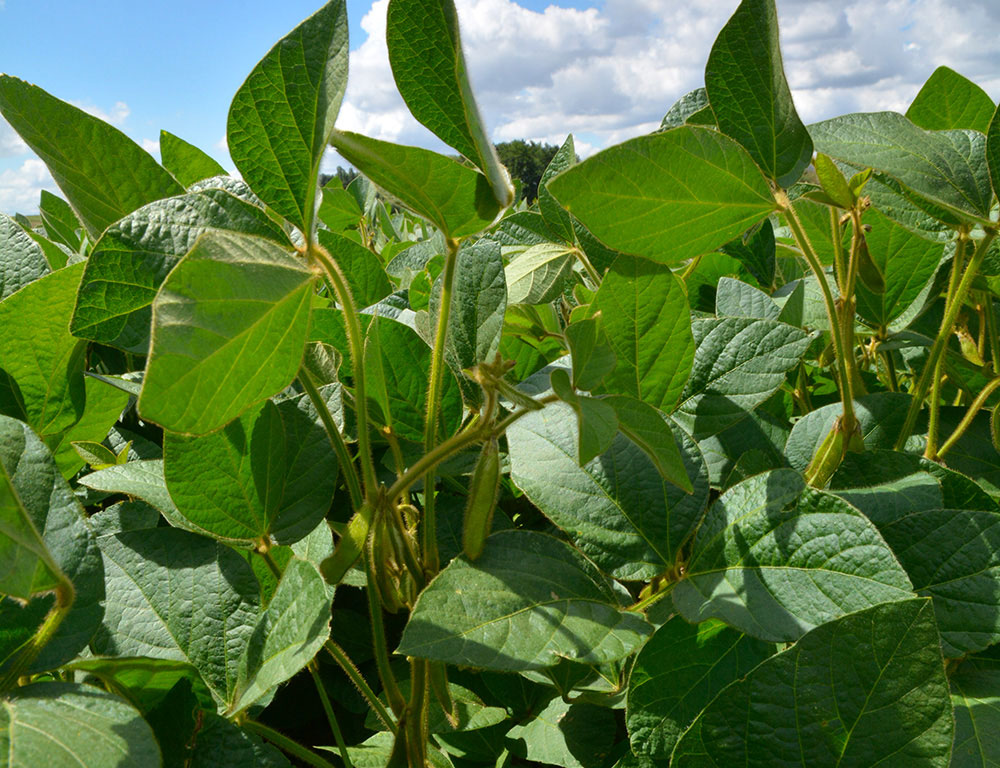Actions Terres Inovia : améliorer la compétitivité du soja - Institutionnel
Improving the competitiveness of soybean
The technical expertise of Terres Inovia is the farmer’s ally for integrating soybean more effectively into rotations with other crops, and its analyses of different contexts (pedoclimatic, ecophysiological, outlets etc.) render this crop more competitive in both conventional and organic farming. The interprofessional organization for the plant oil and protein sectors (Terres Univia) has predicted a doubling in the area under non-GMO soybean in France by 2025.
Contact : Charlotte Chambert
c.chambert@terresinovia.fr

Our goals
To contribute to the structuring of dedicated sectors throughout the chain, from production to use, including collection and transformation.
To integrate soybean into cropping systems in a sustainable and responsible manner.
To improve the technical and economic performances of the crop: amount harvested, seed quality, profitability, etc.
To establish long-term production, by anticipating the demands of consumers and the constraints imposed by climate change.